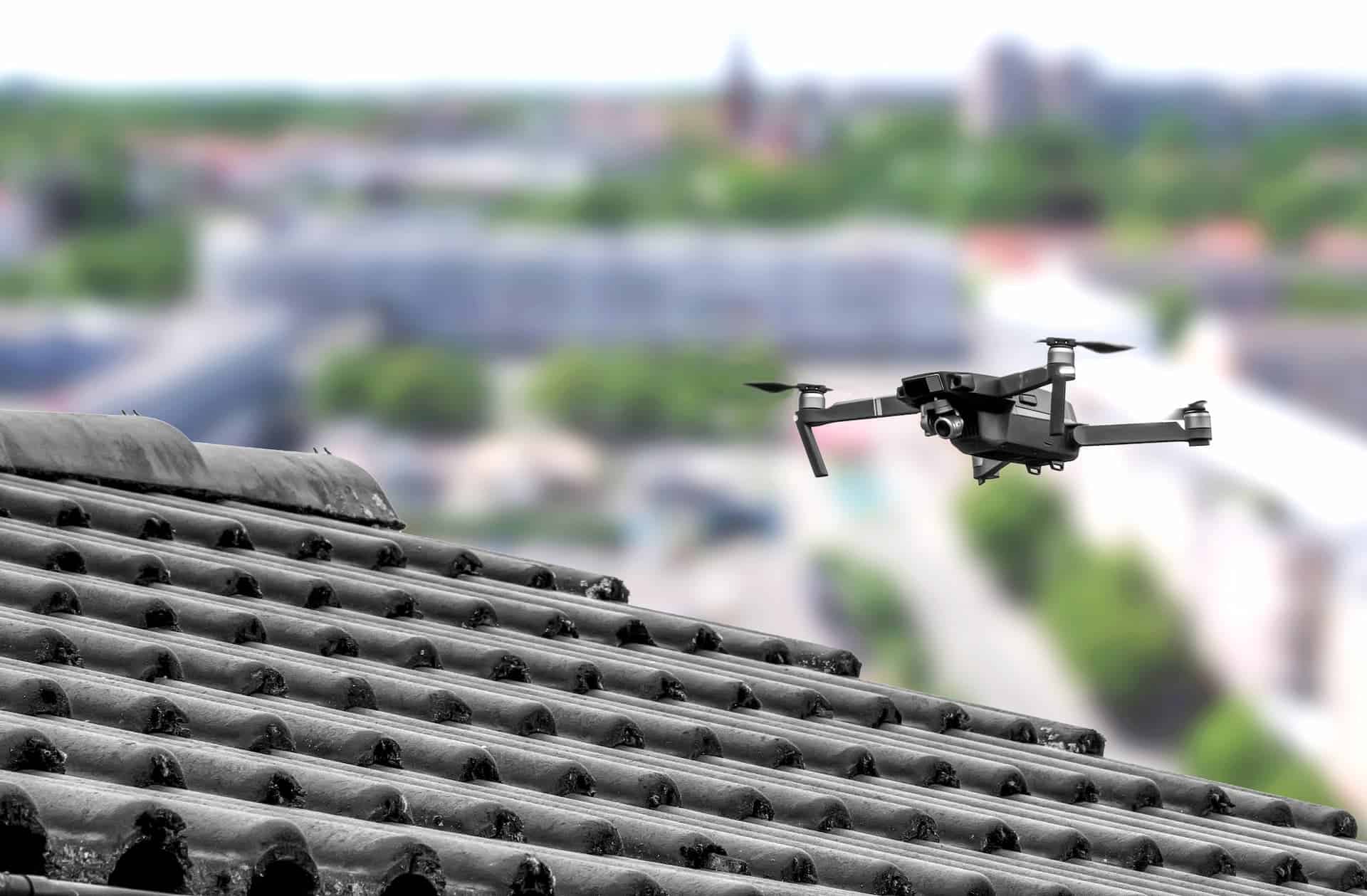Redefining Surveying: The Benefits and Applications of Drone Surveys

For centuries, surveying has been an essential part of construction, engineering, and land management. It involves measuring and mapping out areas, collecting data, and producing accurate plans and models. Traditional surveying methods have always been time-consuming, expensive, and limited by a number of factors such as terrain, weather, and accessibility. However, with the advent of drone technology, the surveying industry has undergone a revolution, with drones offering a faster, more accurate, and more efficient way to collect data.We will explore the benefits and applications of drone survey, and how they are redefining surveying.
Benefits of Drone Survey
Drone survey have a number of benefits that make them ideal for a variety of applications. Here are some of the key benefits of using drone technology for surveys:
Faster and More Efficient:
Drone survey are faster and more efficient than traditional surveying methods. Drones can cover large areas in a short amount of time, reducing the time needed for surveys. This makes them ideal for time-sensitive projects, such as construction or emergency response.
Accurate:
Drone survey are highly accurate, with the ability to capture data with sub-centimeter precision. This makes them ideal for projects that require precise measurements, such as engineering or land management.
Cost-effective:
Drone survey are often more cost-effective than traditional surveying methods. They require less manpower and equipment, reducing the cost of surveys. Additionally, drone surveys can be performed more frequently and in less time, reducing the overall cost of a project.
Accessible:
Drone survey can access hard-to-reach areas, such as steep cliffs or high-rise buildings. This makes them ideal for projects where accessibility is a challenge.
Applications of Drone Survey
Drone survey can be used in a variety of applications, from construction and engineering to land management and environmental monitoring. Here are some of the key applications of drone surveys:
Construction and Engineering:
Drone survey are becoming increasingly popular in the construction and engineering industries. They can be used to survey construction sites, map out terrain, and create accurate models and plans. Drone surveys can also be used to monitor construction progress, ensuring that projects stay on track.
Land Management:
Drone survey can be used to map out land features and monitor changes in vegetation. This makes them ideal for land management projects, such as forestry or agriculture. Drone surveys can also be used to monitor the health of ecosystems, providing valuable information for conservation efforts.
Environmental Monitoring:
Drone survey can be used to monitor environmental factors, such as air and water quality. They can be equipped with sensors to measure temperature, humidity, and pollution levels. This makes them ideal for environmental monitoring projects, such as monitoring oil spills or detecting wildfires.
Urban Planning:
Drone survey can be used to map out urban areas and monitor changes in infrastructure. They can be used to create accurate models of cities, providing valuable information for urban planning projects.
Emergency Response:
Drone survey can be used in emergency response situations, such as natural disasters or search and rescue missions. They can be used to map out disaster areas, locate survivors, and assess damage.
Redefining Surveying with Drone Technology
Drone technology is redefining the surveying industry, offering a faster, more accurate, and more efficient way to collect data. Traditional surveying methods are often limited by terrain, accessibility, and weather conditions. Drones offer a solution to these challenges, providing a way to collect data from hard-to-reach areas, in less time, and with greater accuracy.
Drone survey are also changing the way surveying data is analyzed and used. With drone technology, surveying data can be analyzed in real-time, allowing for quicker decision-making and project adjustments. Additionally, drone surveys can be combined with other data sources, such as satellite imagery or ground-based sensors, to create a more comprehensive picture of the area being surveyed.
The use of drones for surveys is also helping to improve safety in the industry. By reducing the need for workers to physically access dangerous or hard-to-reach areas, drone surveys are minimizing the risk of accidents and injuries.
However, despite the many benefits of drone surveys, there are also some challenges that need to be addressed. For example, regulations around drone use can be complex and vary from country to country. Additionally, drone technology is still relatively new, and there is a need for more research to ensure that the data collected is accurate and reliable.
Conclusion:
Drone technology is redefining the surveying industry, offering a faster, more accurate, and more efficient way to collect data. Drone survey have a number of benefits, including being faster, more accurate, and more cost effective than traditional surveying methods. They can be used in a variety of applications, from construction and engineering to land management and environmental monitoring. However, there are also challenges that need to be addressed, including regulations and the need for more research. Overall, drone surveys are changing the way we survey and map out our world, and they have the potential to revolutionize a wide range of industries in the years to come.
